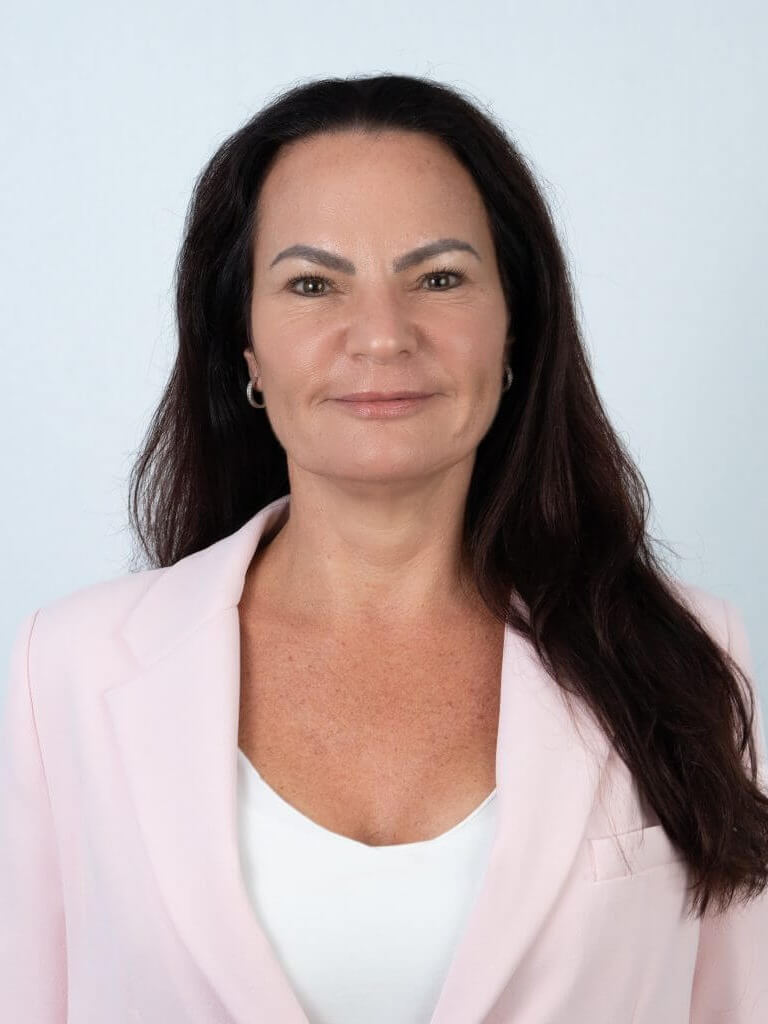A relapse is a return to regular drug use. It’s differentiated from a lapse, in which people return to substances just once or twice. A lapse can become a relapse in time.
Here’s what to do after a relapse: Get support from loved ones, therapists, and doctors. Then, return to treatment with a new care plan.
After a relapse, you might feel angry, depressed, worried, or all of the above. You may feel like you’ll never make sobriety stick. You may also feel like you’ve let yourself and your entire family down.
Know that experts consider relapse part of the recovery process. For example, the National Institute on Drug Abuse says addiction is defined as a chronic and relapsing disorder. A slip doesn’t mean addiction treatment didn’t work. It just means you must learn from the episode and start your recovery process again.
Relapse: Nothing to Be Ashamed Of
You have made the commitment and gone through addiction treatment, from detox to aftercare. You are returning to work, family life, and social life when it happens — the dreaded word: relapse.
Maybe you decide to have just one small drink at a party with dear friends, or maybe cravings return and become intense to the point of seeking a drug. Regardless of how it happened, you have relapsed.
You are likely having a lot of feelings, including anger, fear, and shame. If you have co-occurring mental health struggles like anxiety or depression, symptoms of these may have returned as well. These strong negative emotions might make you feel hopeless, like treatment did not work, or like you are a failure.
It is very important to know that none of this is true. You have not failed, treatment did work, and your situation is not hopeless. Relapses are a normal, if stressful, part of the journey to overcoming addiction.
Reducing the risk of experiencing a relapse and reducing the severity of the relapse are core components of modern, evidence-based addiction treatment. Most treatment plans now include aftercare, which includes a plan to take care of yourself when you do lapse or relapse.
What to Do After a Relapse: A Guide
The first day after your relapse is one of the most important. The steps you take in response to your slip can get you back on track quickly.
Here’s what to do:
- Contact your treatment team. Explain what happened, why you think it happened, and how you’re feeling.
- Listen to your team. Your provider may suggest returning to an inpatient rehab program, attending outpatient therapy, or going back to detox. Follow those plans.
- Attend a meeting. While you wait for your new treatment program to start, go to a support group meeting and talk with your peers about what happened.
- Get support. While it might be hard to do so, talk with a friend or family member you trust. Ask them to help you stay on track.
- Be patient with yourself. Relapsing feels bad, both physically and emotionally, but that does not mean that you are bad. It simply means you need to adjust your treatment plan, which often means returning to some level of treatment.
How Common Are Relapses?
The term relapse unfortunately carries a lot of stigma in our society, but when applied to medical treatment, relapse is a common feature of many chronic conditions. Relapse is associated with these conditions:
- Mental health conditions like depression, anxiety, bipolar disorders, and post-traumatic stress disorder (PTSD)
- Hypertension or high blood pressure
- Diabetes
- Asthma
When someone with diabetes goes to the doctor for the first time, they receive a diagnosis and a treatment plan. As they follow the treatment plan, their symptoms either get better, meaning the plan works, or they do not change or get worse, meaning the plan is not working and they need more help. It might take some time for a treatment plan to manage diabetes, but once the right combination of treatments (including prescription medications and lifestyle changes) are found, a person can live for years without feeling symptoms.
However, chronic conditions often change over time, so after months or years, this diabetic treatment plan might stop working, and the person’s blood sugar might become uncontrollable again. This means they will feel bad and might begin to abandon some parts of their treatment, like taking their medication. However, they have done nothing to make their symptoms worse; they have simply neglected to manage the condition. They will return to their doctor and adjust parts of the plan until their health becomes stable again.
This is exactly how evidence-based addiction treatment should work. You experience a relapse of symptoms (in the case of addiction, this is a return to abusing an intoxicating substance), which means you need to go back to your medical team for help.
No one judges someone with heart disease or asthma if they need to adjust their medical treatment, so do not judge yourself for needing to go to more group and individual therapy sessions, back through detox, or to additional treatment to overcome addiction symptoms.
How Does a Relapse Start?
Every person (and every relapse) is a little different. However, many people follow a predictable path to a relapse.
A typical relapse involves the following steps:
- Emotional relapse: You bottle up your emotions, stop going to meetings, and stop taking care of yourself.
- Mental relapse: Your cravings intensify, and you start to think about the people, places, and things associated with past use. You may also look for relapse opportunities and rationalize how this time might be different.
- Physical relapse: People lapse (or have one slip of substances) and then return to uncontrolled use.
How to Create a Relapse Prevention Plan
As part of your addiction treatment program, your team may help you create a relapse prevention plan. Think of it as a roadmap you can follow to preserve the sobriety you attained in treatment.
Your addiction team can help you develop your personalized plan. These are the typical steps you’ll follow:
- Identify your motivations. Why did you decide to stop using substances? Be as detailed as possible.
- List your triggers. Outline the feelings, thoughts, behaviors, places, situations, and people that tend to lead to increased drug cravings.
- Develop coping approaches. For each item you’ve listed, write down how you’ll handle it without using substances.
- Define your support system. Write down the names of five people you can call when you’re tempted to use.
- Identify your coping strategies. Write down 10 ways you could cope with your cravings.
- Set your schedule. Define the support group meetings you’ll attend, who your sponsor is, and how often you’ll go.
- Identify the risks. Write down five consequences of relapse you might face.
- Set your goals. Identify the short-term and long-term goals you can only achieve through sobriety.
Do You Have to Start Over After a Relapse?
The treatment you pursue after a relapse depends on how serious the relapse is.
For example, if you struggle with alcohol addiction and you consume one drink at an event, you don’t need to return to detox, but you may need to attend more mutual support group meetings or individual counseling sessions. If you relapse back into a pattern of regular drug abuse for a long time, like days or weeks, you may need to begin with detox and go through a rehabilitation program, which can feel like starting over.
It is important to remember that you have already completed a treatment program once before, and you know that it helped you for some time. You have learned a lot about yourself and your triggers, which is very valuable information.
You may benefit from a different type of rehabilitation once you complete detox. For example, if you were in a residential rehab program first, you may benefit from intensive outpatient treatment, which involves nearly full-time hours of counseling and support groups but in an outpatient setting that allows you to remain at home. You may need a brief intervention from a doctor or therapist to help you recognize symptoms of a relapse, so you can then return to treatment.
These different types of addiction treatment are all points on the Continuum of Care, as developed by the American Society of Addiction Medicine (ASAM). If you are curious about potential options after a relapse, you can view the Six Dimensions of Multidimensional Assessment that can determine what level of care could benefit you. Your medical providers will use a similar assessment to diagnose your situation and offer recommendations.
Stick With It & Believe in Yourself
One of the biggest mistakes made after a relapse is to ignore the experience and not seek help. If you are embarrassed, it makes sense that you do not want to admit you “screwed up,” but this puts you at higher risk of lapsing again.
When you fall back into a problematic pattern of substance abuse, you increase your risk of overdose. After a period of abstinence, the body is not used to the presence of the substance anymore, and you can end up in the hospital because of an overdose.
Although you should make a relapse plan as part of your aftercare, reducing your risk of relapse is also important. This includes understanding potentially triggering situations, like:
- High-stress work environments.
- Social situations with friends with whom you used to do drugs or abuse alcohol.
- Home life that does not provide enough emotional support.
- Struggling with your self-image.
Your aftercare plan should include things you can do to ease these scenarios. One common recommendation is to avoid places where you may have abused drugs or alcohol. Another common suggestion is to find more stable housing if you have a high-stress or unstable household.
If you have a demanding job, this could inspire you to be healthier, but it could also take a toll on your mental and emotional health. Find ways to relax and enjoy your life outside your work, so you can return invigorated and ready for a challenge.
It is also important to know that addiction treatment is not a cure. Unfortunately, many people think that if they complete detox or go through one rehabilitation program, they are completely cured. Addiction is a chronic behavioral condition, with no cure.
While you can manage symptoms like cravings for many years, you will need to return your focus to managing this condition at various points in your life. This is normal for chronic conditions, so surround yourself with supportive friends and family who encourage you to be healthy and happy. Remember that you should never feel embarrassed about needing to ask for additional help.
- Life After Relapse – How to Bounce Back and Start Over. (June 2019). Smart Recovery.
- Relapse. Psychology Today.
- Seven Strategies to Help You Recover from a Relapse. (April 2010). Psych Central.
- How Effective Is Drug Addiction Treatment? (January 2018). National Institute on Drug Abuse (NIDA).
- What Are the Six Dimensions of The ASAM Criteria? (May 2015). ASAM Continuum.
- Drug Misuse and Addiction. (July 2020). National Institute on Drug Abuse.
- Relapse Prevention Plan. (2019). Florida Courts System.
- Relapse Prevention and the Five Rules of Recovery. (September 2015). Yale Journal of Biology and Medicine.




